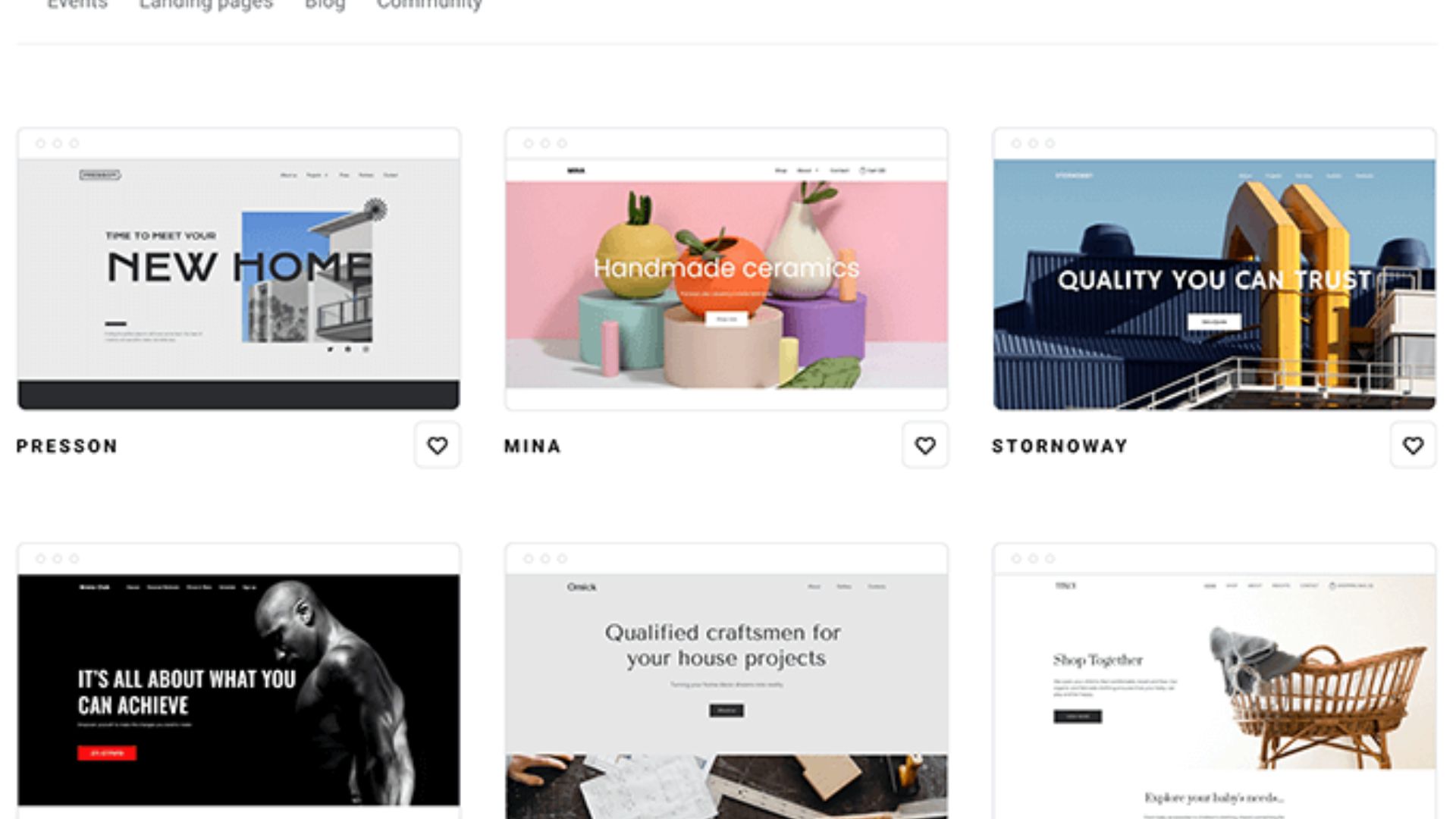Designing an SEO-friendly website structure is crucial for improving the visibility and ranking of your website in search engine results. Here are some tips to help you create an SEO-friendly website structure:
- Logical and Intuitive Navigation: Design a clear and logical navigation menu that allows users to easily navigate through your website. Ensure that your navigation is user-friendly and intuitive, with concise and descriptive menu labels.
- Use of Header Tags: Implement header tags (H1, H2, H3, etc.) to structure your content hierarchically. Header tags help search engines understand the organization of your content and give weight to important keywords within the headings.
- Meaningful URLs: Use descriptive and keyword-rich URLs that accurately reflect the content of each page. Avoid using generic or auto-generated URLs; instead, create URLs that are easy for both users and search engines to comprehend.
- XML Sitemap: Create an XML sitemap and submit it to search engines. This helps search engines crawl and index your website more efficiently, ensuring all your pages are included in search results.
- Internal Linking: Utilize internal linking to establish a clear connection between related pages within your website. Interlinking helps search engines discover and understand the relationships between different pages, while also spreading link equity throughout your site.
- Consistent URL Structure: Maintain a consistent URL structure throughout your website. Use a consistent format for URLs, such as using lowercase letters, hyphens to separate words, and avoiding unnecessary parameters or session IDs.
- Mobile-Friendly Design: Ensure your website is responsive and optimized for mobile devices. Mobile-friendliness is a crucial factor in search engine rankings, as well as providing a positive user experience for mobile visitors.
- Page Speed Optimization: Optimize your website’s page loading speed by compressing images, minimizing code, and enabling browser caching. A fast-loading website enhances user experience and contributes to better search engine rankings.
- Schema Markup: Implement structured data markup (e.g., Schema.org) to provide additional context to search engines about your content. Schema markup helps search engines understand the type of content on your site and can improve visibility in search results through rich snippets.
- SEO-Friendly URLs: Ensure your URLs are search engine friendly by including relevant keywords. Aim for short, descriptive URLs that accurately represent the content of the page.
Remember that while designing an SEO-friendly website structure is important, it should always be created with the user in mind. A structure that is intuitive, user-friendly, and provides value will naturally be beneficial for both search engine optimization and user experience.










